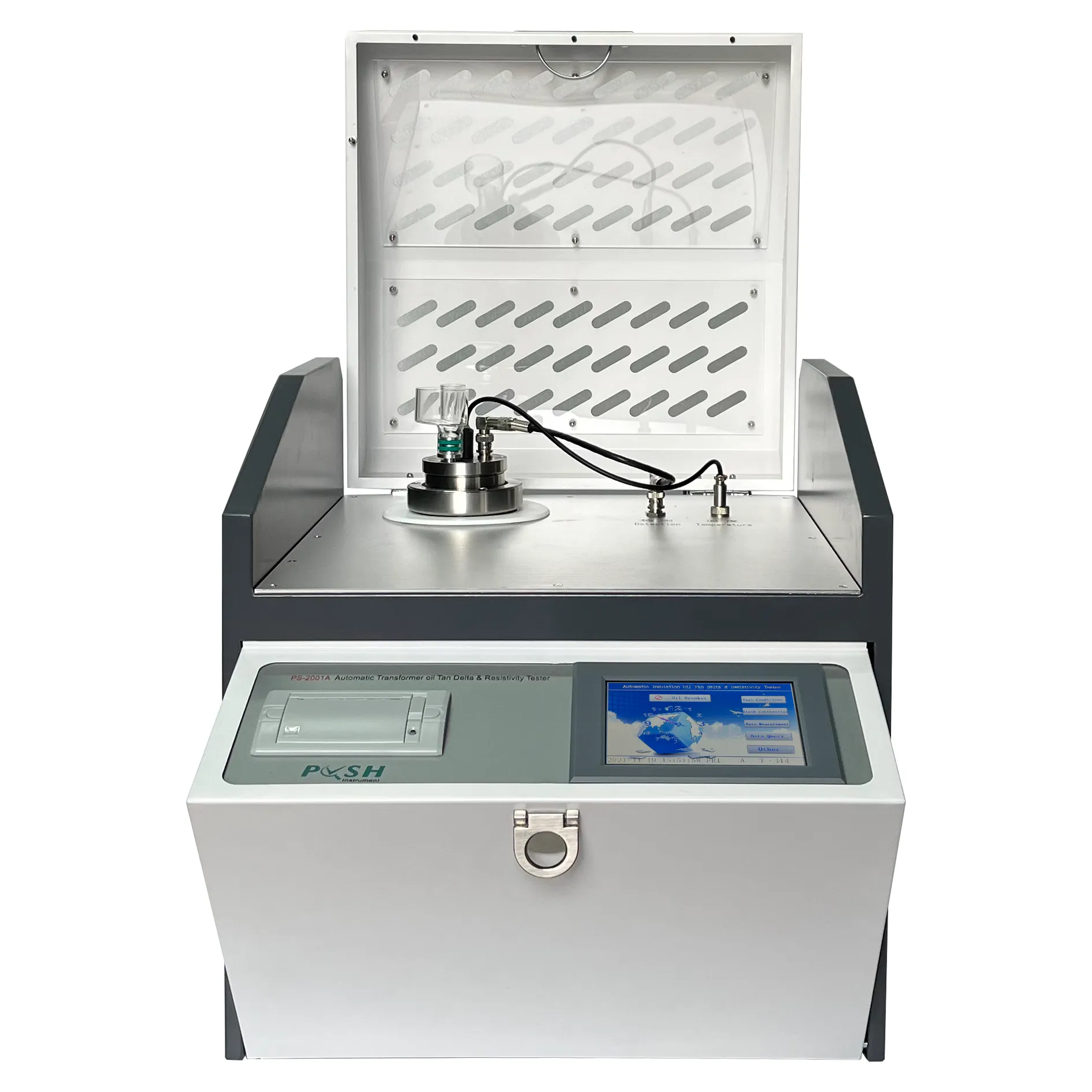 English
English


SMPS Transformer Testing - Comprehensive Guide and Services
Testing of SMPS Transformers A Comprehensive Overview
Switched Mode Power Supply (SMPS) transformers play a critical role in modern electronic devices, enabling efficient power conversion and management. Testing these transformers is crucial to ensuring their reliability and performance in various applications. This article delves into the key aspects of SMPS transformer testing, its importance, and the methodologies involved.
Importance of Testing SMPS Transformers
Testing SMPS transformers is essential for several reasons. First, these transformers must operate under high frequencies and voltages, which can lead to unexpected failures if not properly assessed. Ensuring the transformer's performance helps to minimize energy loss, improve efficiency, and maintain a stable output voltage. Moreover, testing is vital for compliance with safety standards and regulations, which are necessary to protect both the device and its users from potential hazards.
Key Testing Parameters
Several critical parameters must be evaluated when testing SMPS transformers. These include insulation resistance, winding resistance, turns ratio, inductance, and core saturation. Each of these factors contributes to the overall performance and lifespan of the transformer.
1. Insulation Resistance This test ensures that the transformer’s windings are adequately insulated from each other and the core. A high insulation resistance value indicates that the transformer can withstand high voltages without failure.
2. Winding Resistance Measuring the resistance of the windings helps detect any irregularities, such as short circuits or broken turns. This is essential for assessing the efficiency and performance of the transformer.
3. Turns Ratio The turns ratio measurement ensures that the transformer is correctly designed and constructed. It defines the relationship between the input voltage and output voltage, which is fundamental for providing the desired power conversion.
smps transformer testing

4. Inductance Testing the inductance of the windings is crucial for understanding the magnetic characteristics of the transformer. Variations in inductance can impact the overall efficiency and stability of the power supply.
5. Core Saturation Evaluating the core’s ability to handle magnetic flux is vital to prevent saturation, which can lead to overheating and transformer failure. Core material and design significantly influence this aspect.
Methodologies in Testing
The testing process can vary depending on the specific requirements and applications, but several methods are commonly employed
- Basic Electrical Tests These include resistance, capacitance, and inductance measurements using standard multimeters and LCR meters.
- High-Pot Tests High-potential testing assesses insulation strength by applying a high voltage between windings and grounding.
- Frequency Response Analysis This method involves measuring the transformer's response to various frequencies and helps identify any resonances or other performance-related issues.
- Thermal Imaging This technique monitors temperature variations during operation, identifying hotspots that could signal potential failures.
In conclusion, comprehensive testing of SMPS transformers is fundamental to ensuring their efficiency and reliability. By focusing on critical parameters and employing various testing methodologies, manufacturers can produce high-quality transformers that meet the demands of contemporary electronic devices. This not only enhances the performance of power supplies but also promotes safety and longevity in their applications.
-
Differences between open cup flash point tester and closed cup flash point testerNewsOct.31,2024
-
The Reliable Load Tap ChangerNewsOct.23,2024
-
The Essential Guide to Hipot TestersNewsOct.23,2024
-
The Digital Insulation TesterNewsOct.23,2024
-
The Best Earth Loop Impedance Tester for SaleNewsOct.23,2024
-
Tan Delta Tester--The Essential Tool for Electrical Insulation TestingNewsOct.23,2024





